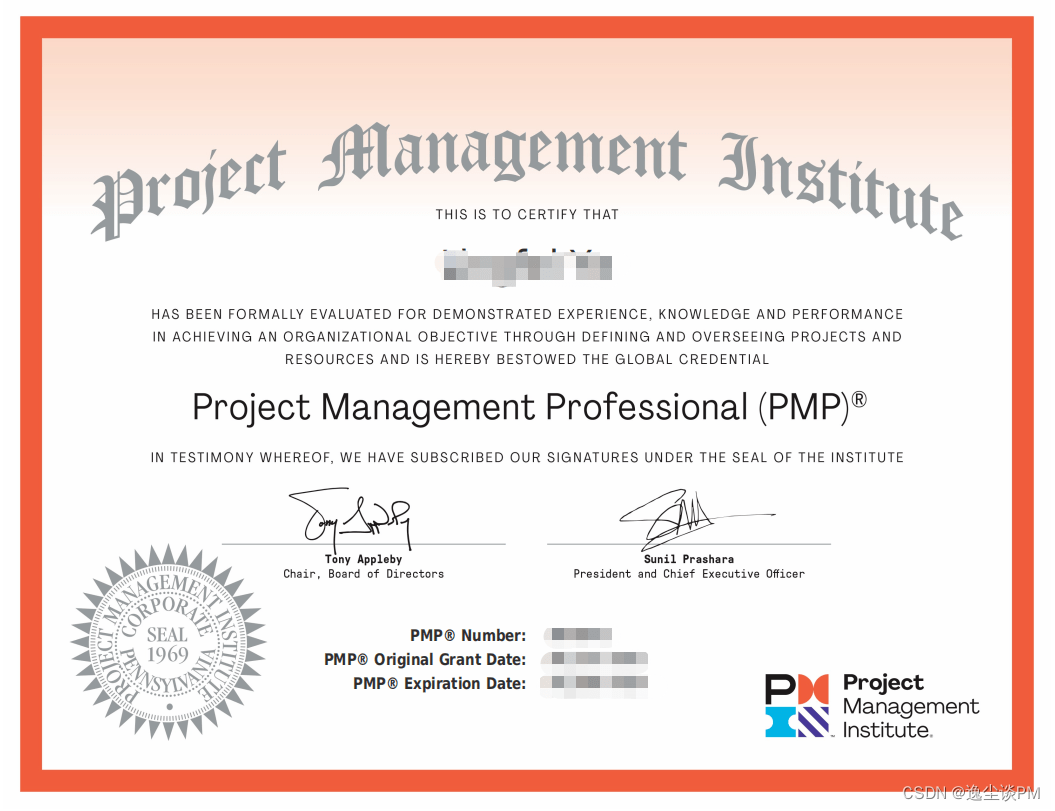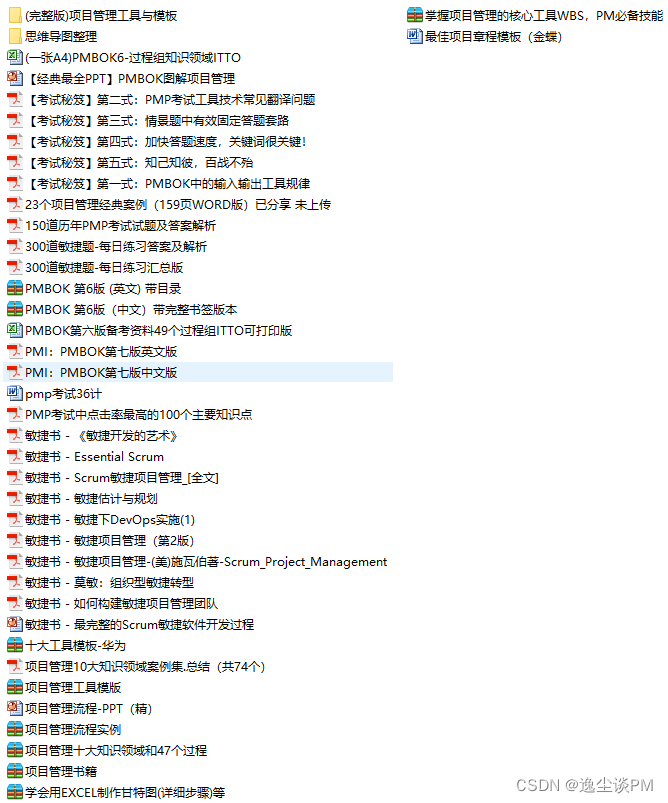Although I successfully passed the PMP® exam as a result of what I had done in the first quarter, the excitement of the exam passed quickly. In the exchange group, everyone is discussing the survival conditions of the certificate and the substantial benefits of obtaining the certificate, such as subsidies, bonus points for urban settlement, and career advancement. Compared with these, I seem to be at a bit of a loss: I spent a lot of money to get a certificate, but it did not bring real benefits, but it will incur ongoing costs.


I began to doubt whether my previous efforts were worthwhile, so I began to think about looking back at my past: what efforts did I put in to prepare for the exam? What am I getting in return? The effort I put in is nothing more than how much energy and time I have invested in preparing for the exam; or I can look at it from other perspectives: how much time I spent with my family, how many games I played, how many videos I watched, etc., in order to take the certificate exam. Judging from the result of finally getting the certificate, it seems that my efforts have been rewarded.
Thinking back carefully, what impression did learning PMP® leave on me? After careful consideration, I only remember one sentence and one word. That sentence is "everyone who walks will leave traces", which was repeatedly emphasized by the teacher when teaching the PMP® course, intending to express the main difference between American and Chinese project management. This quote had a profound impact on me because it made me focus on the process, not just the outcome. Before learning PMP®, I always pursued the result, but ignored the value in the process. When I look back at what I have done for a year, I can only think of certain superficial accomplishments, but deep down I feel immense loss and guilt. However, the phrase "Everyone who walks must leave traces" reminds me that both the process and the results should be visualized for better management and evaluation.
In other words, the core idea of this sentence is to visualize the process and results. This visual feedback helps improve execution and satisfies our need for rapid improvement while exercising our sense of delayed gratification. By recording our effort and completion, we can better review and trace the source, find ways to improve efficiency, and continue to improve. This cycle is compound interest.
TIPS: So what tools have I used for process and result visualization? --- Todo lists, curtains, shark bookkeeping , etc.; what are the behaviors? ( Weekly report, bookkeeping, diary, regular review, punch card learning, etc. )
When it comes to visualizing the process and results, I think of another concept that impresses me - the process group, which is also an important factor in helping me to continuously generate content. In the PMP® exam, the frequency of the process group is as fixed and frequent as we eat, sleep, and go to the toilet every day.
I still vividly remember the five process groups: Initiate, Plan, Execute, Monitor, and Close. However, what I found most useful to me was not the five process groups, but rather the inputs, tools or techniques and outputs represented by ITTO. I take everything I see, hear, and hear as an input, and it's all visual. Then, I will use my thinking framework (such as pyramid thinking, 5W2H, six thinking hats, etc.) to transform these inputs, and finally form my output (such as this article). Continuous output allows me to understand myself better, and at the same time allows me to obtain feedback from the outside world.
These feedbacks become my input, and they continue to enter my compounding cycle. Therefore, now I can clearly feel my efforts and gains, understand my pain points and satisfaction points, and most importantly, I can clearly control my time. In my opinion, this is the most valuable harvest that PMP® has brought me. Maybe in the future, you will also feel that you are busy all day without gaining anything. If so, why not "leave traces" from now on, and make all traces part of your "process group"?
Exam preparation information sharing
